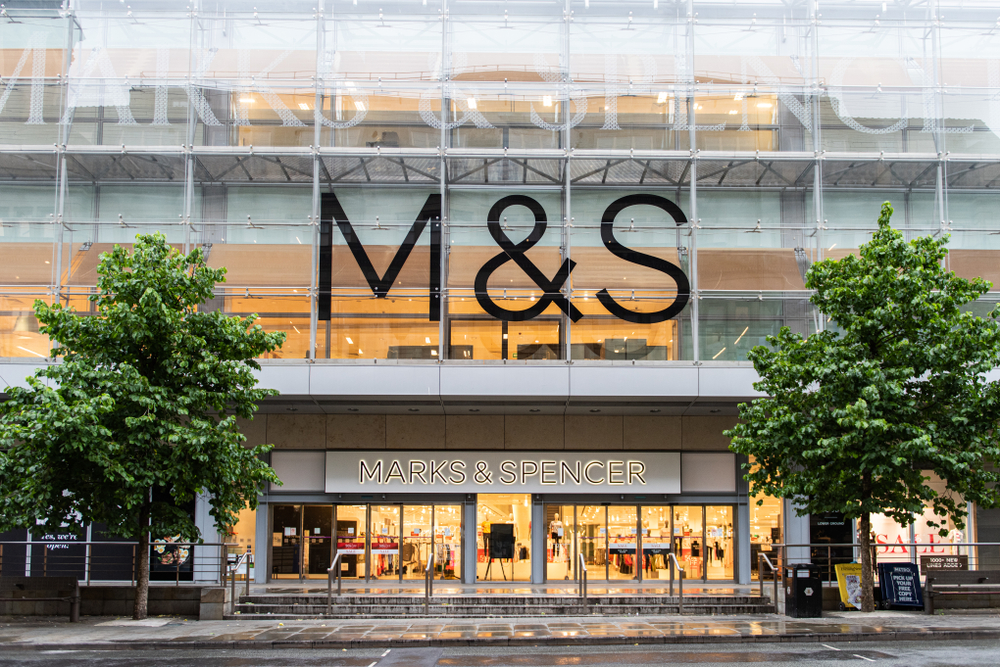What are the key logistics issues we will be dealing with in 2016? Transport management expert Steve Twydell, CEO of 3T offers his analysis.

Steve Twydell, 3T
The end of the calendar year is such an active time for all those working in logistics that the New Year can almost catch people by surprise. Retailers, manufacturers, hauliers and transport managers can be so preoccupied with preparing for and managing the massive festive upswing in demand (aggravated by initiatives such as Black Friday and Cyber Monday) that they struggle to look beyond 31 December.
However, as 2016 dawns, it’s time to consider what the logistics landscape is likely to look like over next 12 months.
Pleasing all of the people all of the time
A measurement of success in logistics is the ability to meet the different needs of a whole range of users – all of whom have different requirements and different agendas. From companies demanding improved services at reduced cost through to government-imposed environmental targets and customer demand for ever faster delivery – everyone wants something. Meanwhile hauliers strive to meet all these demands – and make a profit. Not an easy task.
Driver shortages
One of the major challenges facing the industry in 2016 is the continuing shortage of drivers. With high employment across the UK, companies are struggling to recruit the next generation of drivers. Most existing drivers are in the 45+ age bracket and statistics show that one driver is joining the industry for every five that leave. It’s a big problem.
There are also cost implications. If demand is high and supply low, hauliers will have to pay more and the cost of transport will rise. There will be fewer small hauliers and larger transport users are more likely to book out a proportion of transport months in advance to ensure availability and cover peak periods. In fact, this practice has already started.
It has been emphatically proven that it is not cost effective for carriers to use their own vehicles in isolation. However, to meet SLAs and cover their loads, larger hauliers are running more vehicles – incurring more fixed cost. The resulting higher rates are currently offset by low fuel prices, but if driver shortages increase, prices will inevitably rise
Economic impact
After the dark days of the downturn, we have enjoyed more growth in recent years. However, stock market performance suggests that an economic dip is likely during 2016. This would reduce the need for transport and alleviate some of the problems caused by driver shortages for example. However, transport is notoriously difficult to predict and hauliers have just a few small windows of opportunity when they can exploit the market.
A new era of transport management
However, it’s not all doom and gloom – we do have a major weapon to tackle the issue of reducing transport cost. Ultimately there are two ways of achieving savings: improving vehicle fill and automating processes. Whether by choice or necessity, logistics organisations are starting to adopt new technology capable of driving significant operational change and continuous improvement.
3T has been one of the pioneers of this technology, creating smartphone applications which link to apps on computers. These systems can track and control vehicle movements, offering instant access to information such as POD. The problem facing many organisations in the industry is that they may have spent a large amount of capital on transport management systems that are already becoming obsolete. It’s an understandable frustration when systems are being developed that can do the same job, but at a fraction of the price. Organisations may decide to stick with what they have to ensure ROI – which could prove to be a false economy.
These multi-trip user applications (similar to the Uber app for minicabs) automate the massive amount of administration involved, dealing with huge volumes of Big Data. They will become increasingly common during 2016, and have the capacity to go some way towards addressing some of the problems caused by rising costs and demand.
People will always have a role to play, but even the most experienced transport manager is unable to match the power of artificial intelligence. The technology that was once a work of fiction, occurring only in books and films, has now become a reality – and is that Arnie I see coming towards me?
If you have something you’d like to get off your chest, a letter or opinion article you are burning to write, please drop our editor a line here.
Main image (2015 New Year Fireworks, London SE1) copyright Christine Matthews. View original here.








